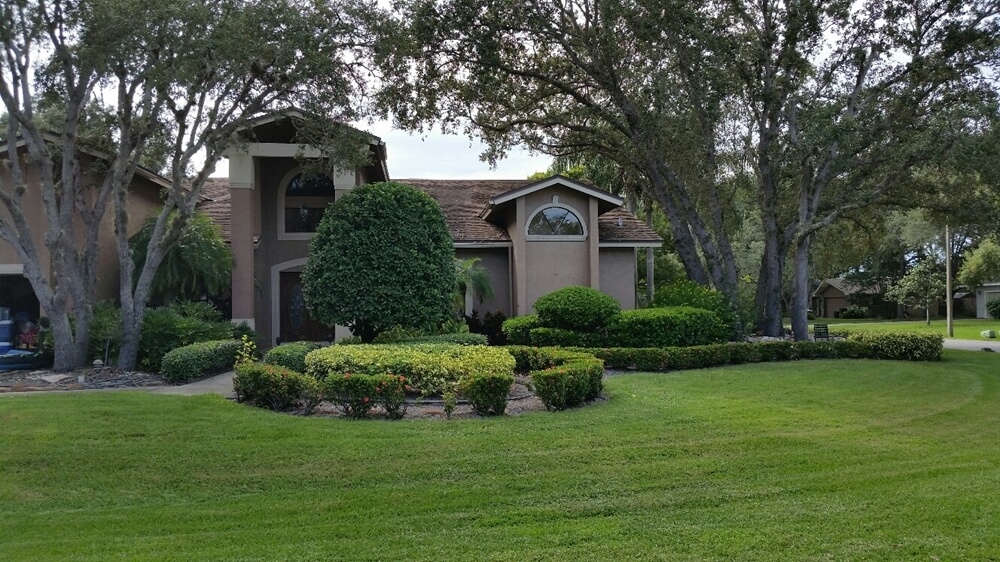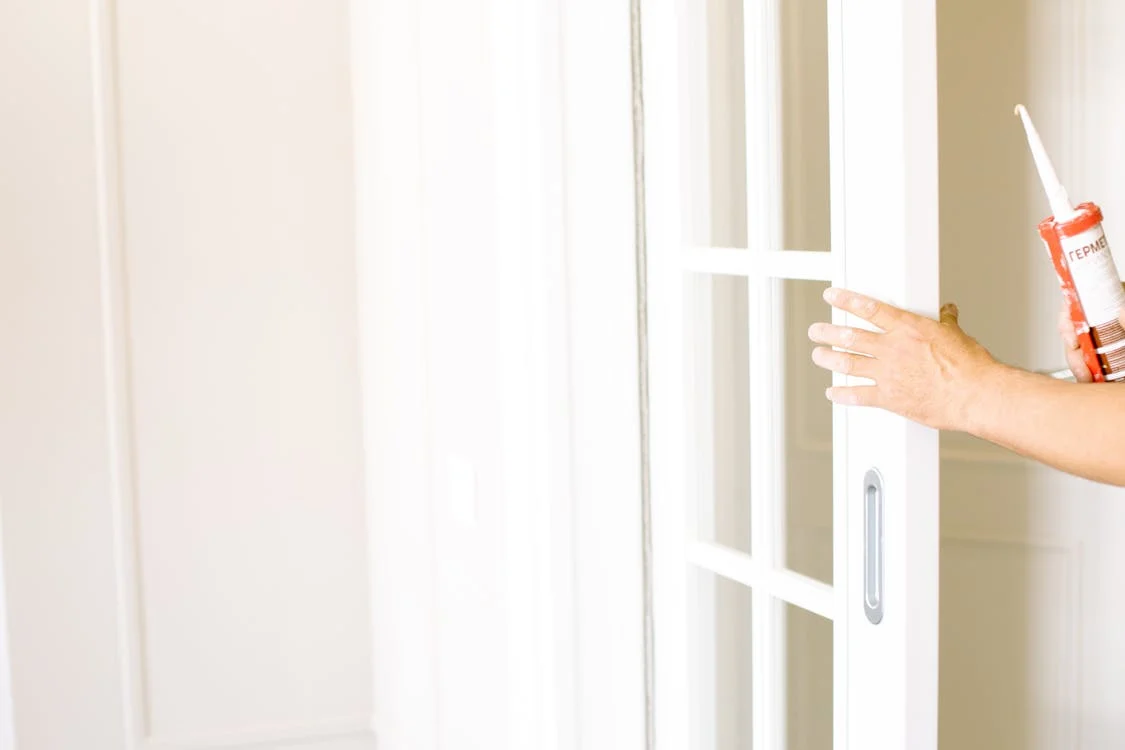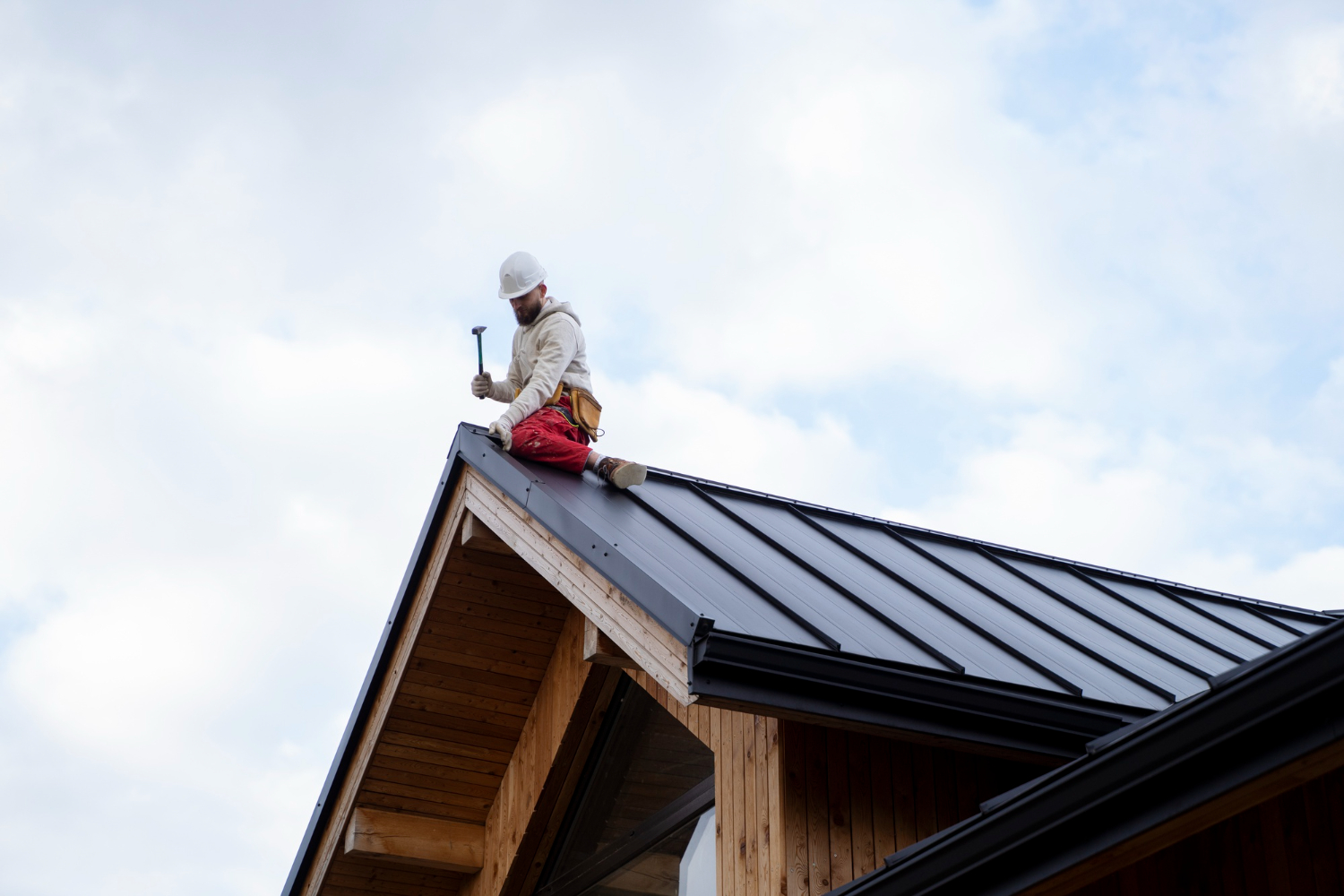By using our website, you agree to the use of cookies as described in our Cookie Policy
a
Rss Feed
NON-LIVING AREA SPACES AND THEIR EFFECT ON CONSTRUCTION COSTS
In any home, existing or to-be-built, there are areas that are NOT living areas. [Examples of these are garages, entries, porches, lanais, pools, elevators, etc.]. Each of these has a cost to construct but NONE of them are counted as "built areas" when calculating the "COST PER SQUARE FOOT OF LIVING AREA" to build!
This doesn't make much sense; however, it is the established method of quoting cost to build and more important, unfortunately, it is what the buying public has come to rely on and expect when shopping for product. The result is that each of these items in my example above add [sometimes tremendously] to the "cost to construct" on a per square foot of living space basis!
An axiom of this is that the LARGER the home you build, the less the impact of any exampled items affects the cost per square foot of living area, because there are more square feet in which to amortize the impact of the exampled item.
Let's look at a 2500sf living area home with a pool. For the purpose of this example we will ignore all other exampled spaces and look ONLY at the impact of the pool. If the home is say $625,000 including a pool package that costs $50,000, the added burden of the pool is $50,000.00 which works out to $20 per square foot. If you were to build a 5000sf living area home with the same pool, the added burden of the pool is still $50,000 but the impact of the pool on the square footage price drops to $10 per square foot. The cost of the pool is spread out over twice the number of feet and therefore it's impact is only 50% as punitive.
That 2500sf home has a garage, an entry and a porch - all of which are cost burdens to the living area "cost to construct". The bigger you build the less the impact of these other areas are on the cost to build per square off of living space. This is absolutely true no matter who builds the home and what materials are used! Regrettably, this is not explained in the popular home programs people view for ideas and entertainment.
‹ Back





.png)

Comments